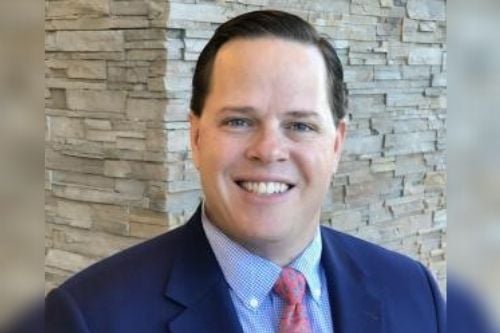

The hard market has had an impact on many lines of business, such as professional liability and property insurance – and now, factors that are creating hardening conditions in these lines are catching up to the environmental insurance marketplace.
Historically, this market has never followed a traditional cycle, with plenty of capacity and an abundant supply of carriers being the norm for some time. However, according to one expert, social inflation, economic issues, loss trends, and historical underpricing are finally driving rates up.
“Over the past 12 months, we’ve seen rate movement to the positive,” said Michael S. Gill (pictured), partner at Synapse Services, LLC.
Find out more: Learn everything you need to know about Synapse here
However, within this market, coverages are moving at their own pace. “In the site pollution world, rates are flat to positive … and then certain sectors that are catastrophic, like heavy chemical manufacturing, refineries, and pipelines, are definitely getting more rate, plus 5-10%,” continued Gill.
Additionally, contractor pollution liability (CPL) rates are relatively flat (though there is comparatively more rate variability because it’s a profitable product) due to the number of carriers providing significant supply, which has historically created a “race to the bottom” in a market that’s been price-cutting for some time, explained Gill.
Packaged CGL and pollution liability for environmental contractors and manufacturers is meanwhile moving in the positive rate direction, said the expert. “If you get a 5% rate increase, you’ve done a great job,” he noted. “Accounts that have more friction could be greater than 5%.” Similarly, the excess market for environmental risks is also firming quickly, seen through rate increases and a fall back in capacity driven by reinsurers.
“Carriers that may have offered $25,000,000 might be thinking about putting up $15,000,000 and carriers that put up $15,000,000 might think about putting up $10,000,000 so we are seeing carriers assessing limit and bringing limit down on more complex risks that have casualty components to them,” explained Gill. “That is also happening where you have big limits on difficult site pollution – midstream companies, oil and gas production facilities, refineries, big chemical manufacturing, and things that can explode. Carriers are analyzing how much capacity they have out there, and whether that fits with a short- and long-term profitable strategy.”
Another development that has been taking place over the course of the past year has been considerations about whether the coronavirus is an insurable event, and, as a result, the insurance industry is rethinking what could be covered from a virus perspective. In the meantime, carriers have also been getting in tune with whether they want to cover perfluorooctanoic acid (PFOA) following massive settlements involving the likely-carcinogenic chemical, which has been used in many products. Finally, there’s the ever-present risk of mold, which could potentially be more common in the future. The severity and frequency of storms in the US has increased the risk of water infiltration and intrusion that could give rise to mold, giving insurers something else to consider (or reconsider) in their coverages, noted Gill.
Along with these ongoing developments, the new federal administration, led by President Joe Biden, could introduce further changes that will impact environmental insureds. However, these changes will likely be positive ones, particularly for one industry. Gill highlighted the administration’s commitment to renewable energy, which in turn could spur more renewable energy risks moving into the environmental insurance market. The renewable category could include companies that manufacture solar panels or renewable waste technologies, to those that are capturing carbon emissions from a variety of facilities.
“I think that the administration’s impact on the environmental insurance industry is going to come in the form of headwinds for fossil fuels and tailwinds for renewable energy, and the environmental insurance market in turn developing innovative and proper solutions for renewable risks,” said Gill.
The fact that more public institutions are now making a commitment to investing in a renewable future, while investors are looking for companies that are focused on the environment, will also spur a push for renewable energy, and contribute to an expansion in the related insurance marketplace.
To help retail agents and their clients navigate a changing environmental insurance marketplace, Synapse, which insures about 10% of that market, can offer critical expertise and risk transfer solutions. The specialty wholesaler focuses on developing innovative environmental insurance solutions, backed by more data in this space than anybody else, explained Gill.
“Our data aggregation system [Centralis] has become the ultimate disruptor and is the key to our success over the past couple years, as well as our guiding light going forward,” he told Insurance Business. “We use data analytics to drive our solution pathways.”
The Centralis system allows for detailed analytics around rates, best carrier language, how to structure deals, comparisons between companies, benchmarking for insureds to figure out where their exposures are and what kind of limits they should buy, as well as limit profiling and pricing accuracy.
Gill also noted that Synapse has “the best people in the industry,” with many of its experts coming from leadership positions in the environmental insurance market. In fact, between Synapse partners alone, there’s over 75 years of experience.
“We also do an excellent job with claims advocacy,” added Gill. “We have a lot of access and research into claims history, we have strategic partnerships with a strong environmental TPA, and we do a significant amount of claims advocacy work for our retail broker partners and insureds.”
